胡安・米羅 Joan Miró
米羅嘗試運用色彩,就像以字詞作詩、以音符譜曲。扭曲的動物、變形的有機物體、和特別的幾何構造加上明亮的色彩,他的作品蘊藏著異想天開、反覆無常及幽默的趣味。
早期米羅的作品受到了塞尚、梵古和畢卡索及野獸派畫家的影響,色彩和線條充滿了畫派的影子在,甚至有些立體主義的風格,但他卻從未成為任何一畫派的一員,則是從各派汲取所需的理念,獨樹一格。
而在1920年代後半期的繪畫作品中,米羅逐漸捨棄具象派的傳統,捨棄透視、重力、造型、明暗等常規,任憑童稚般的想像力馳騁於畫布,創造出一種全新的視覺語言,愉快地掙脫形式的束縛。而他也曾在一次訪談中提到:
「我打算摧毀、摧毀存在繪畫的一切。我對任何學派、任何藝術家都不感興趣。我唯一感興趣的是匿名藝術······。站在畫布前,我從來不知道我要畫什麼,關於畫出來的東西,最驚奇的便是我自己了。」
那些散佈在畫面上宛如塗鴉或怪異的符號,實際上是他不斷努力的結果,那些在他許多畫作中重覆出現的星星、女人與鳥‧‧‧‧‧‧等,一整套屬於他個人的圖像及符號,更是他對宇宙萬物、真理的感受與表達。
“I try to apply colors like words that shape poems, like notes that shape music.”
Joan Miró was a Spanish painter, whose surrealist works, with their subject matter drawn from the realm of memory and imaginative fantasy, are some of the most original of the 20th century.
His work before 1920 shows wide-ranging influences, including the bright colors of the Fauves, the broken forms of cubism, and the powerful, flat two-dimensionality of Catalan folk art and Romanesque church frescoes of his native Spain.
He moved to Paris in 1920, where, under the influence of surrealist poets and writers, he evolved his mature style. Miró drew on memory, fantasy, and the irrational to create works of art that are visual analogues of surrealist poetry.
The forms of his paintings are organized against flat neutral backgrounds and are painted in a limited range of bright colors, especially blue, red, yellow, green, and black. Amorphous amoebic shapes alternate with sharply drawn lines, spots, and curlicues, all positioned on the canvas with seeming nonchalance.
Miró also experimented in a wide array of other media, devoting himself to etchings and lithographs for several years in the 1950s and also working in watercolor, pastel, collage, ceramic, and paint on copper and masonite.
近期展覽 Current & Recent Exhibition
開幕|米羅與版創藝術的「深度」實驗
2024.04.13 (六) 15:00-17:00
米羅與版創藝術的「深度」實驗
Miro and the Experiment of Fine Art Prints in ‘Depth’
2024.04.13 - 2024.06.20
書中自有 ⋯⋯ 版畫書的雙重饗宴
The World within ⋯⋯ Pas de Deux of Original Prints and Books
2024.02.07 - 2024.03.31


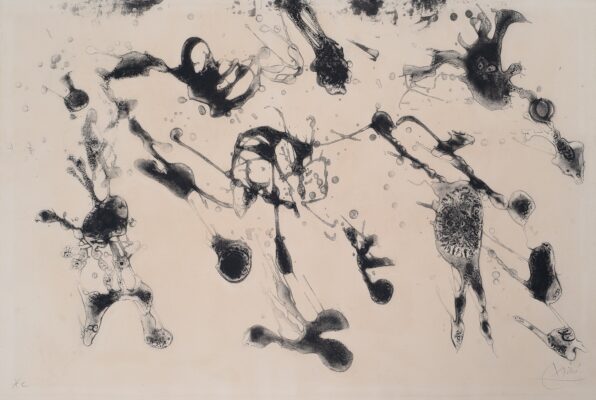
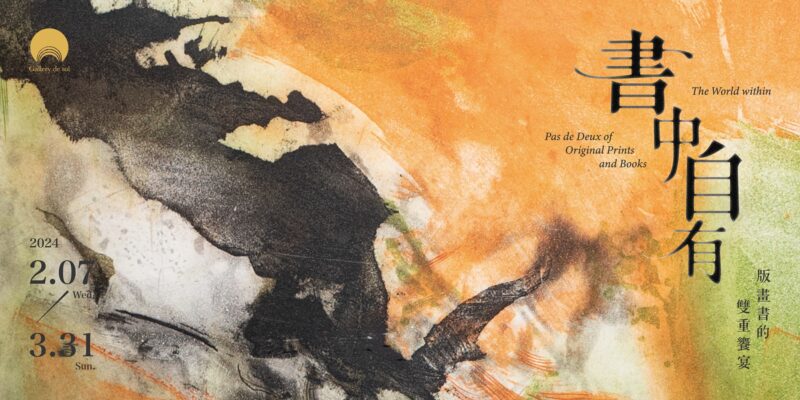
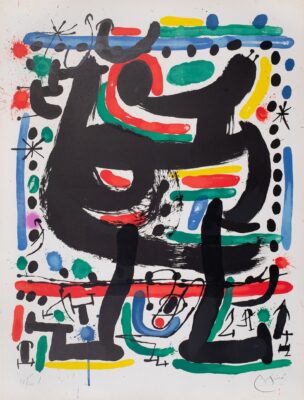
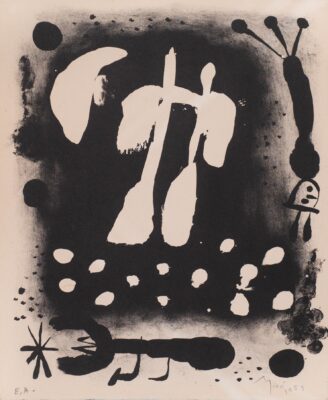
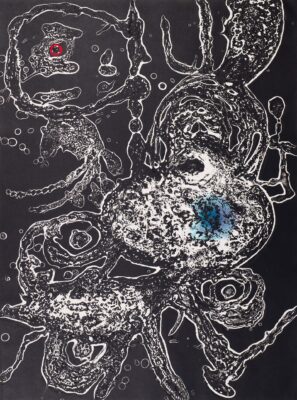
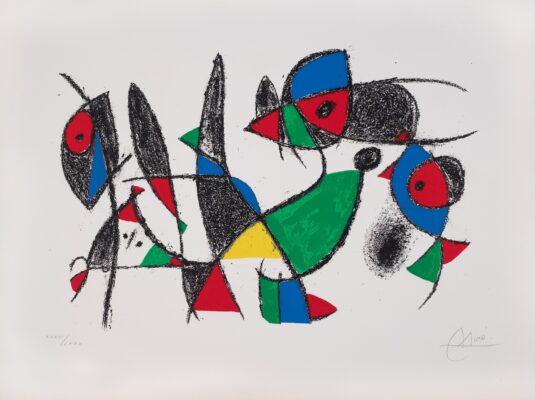

 English
English